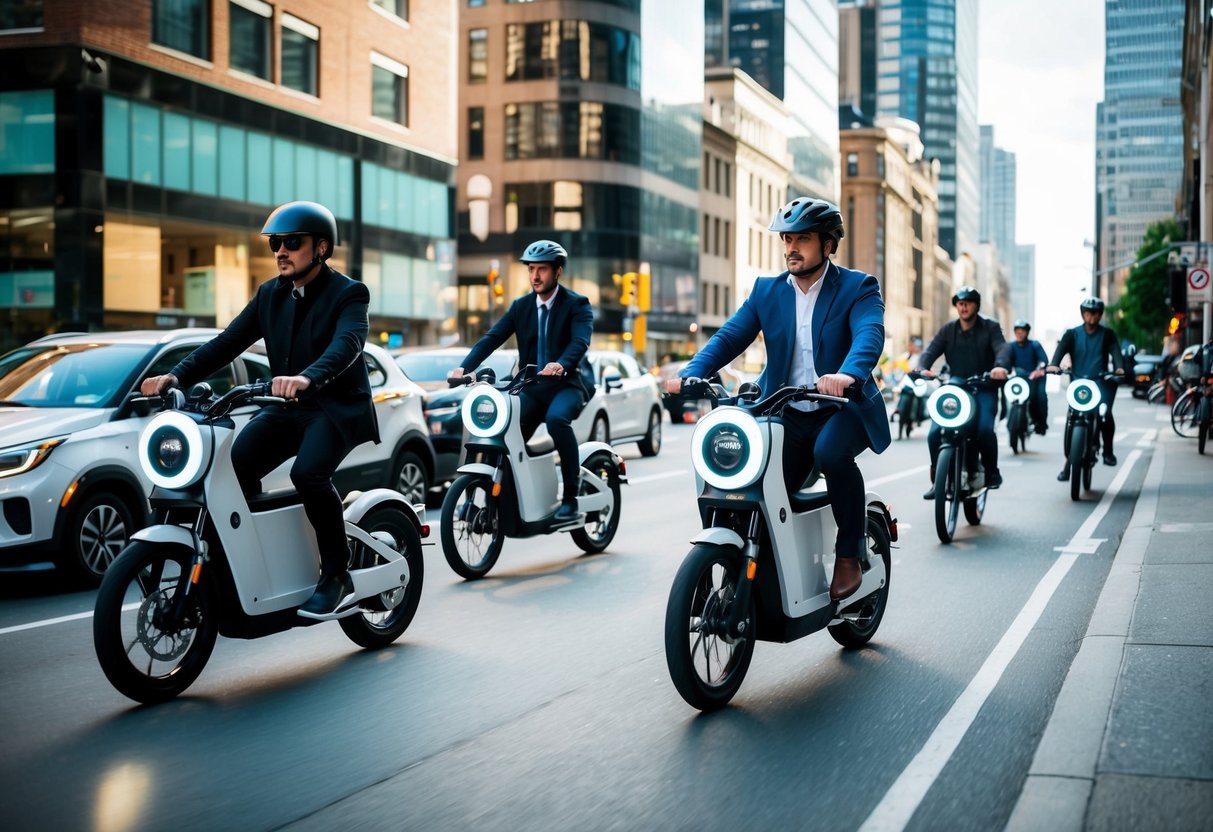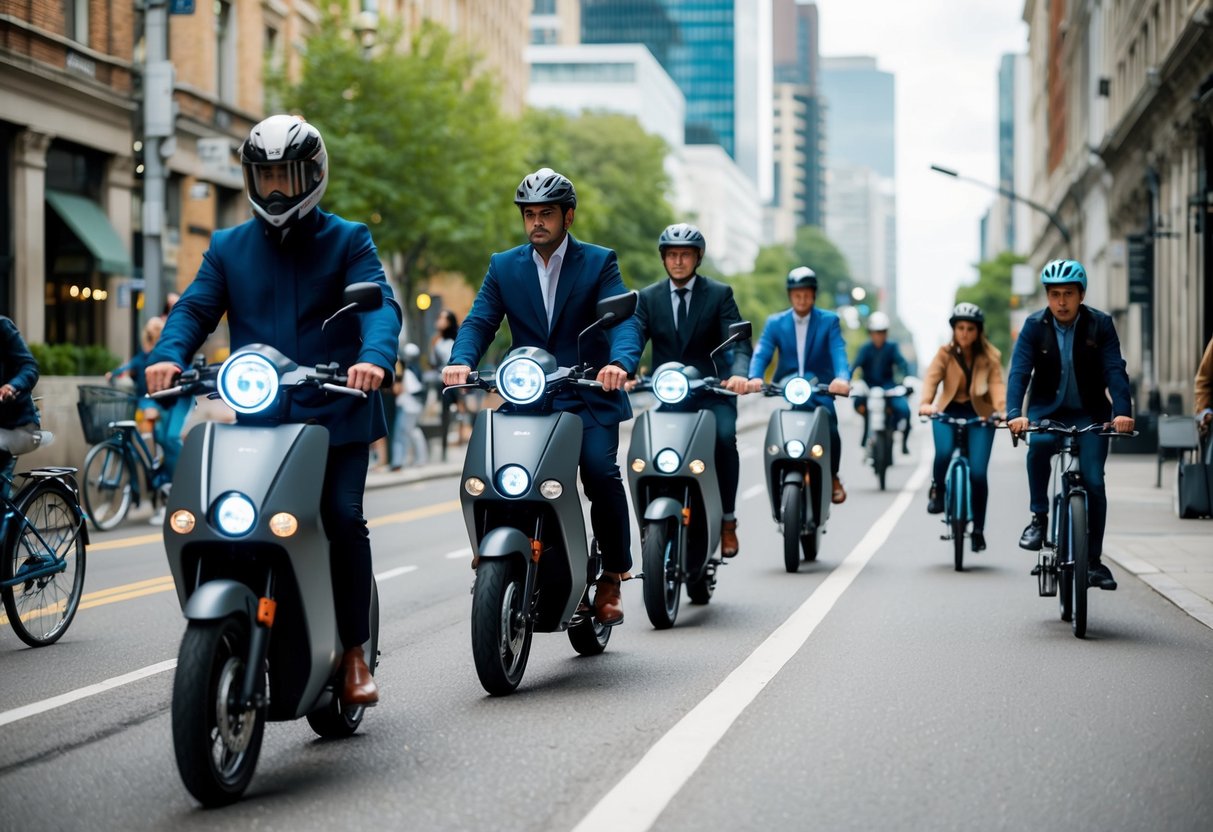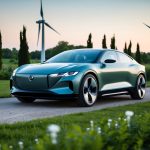
Hub Motor Efficiency
Hub motors have become more efficient due to advancements in design and materials. In-wheel hub motors are preferred for their simplicity and effectiveness, requiring less maintenance than traditional systems. The latest models boast improved torque and power output, enhancing the overall ride experience for users. Direct drive hub motors have gained popularity due to their reliability and quiet operation, offering a smooth and uninterrupted driving experience.
This efficiency in hub motors allows for better energy use, directly influencing the range and performance of e-bikes and e-motorbikes. Innovations such as regenerative braking systems further enhance energy efficiency by capturing energy lost during braking and converting it back into usable power. This contributes to extending the range and lifespan of the battery, making these vehicles more sustainable.
Electric Motorbike Performance
Electric motorbikes have made notable strides in performance metrics such as acceleration and top speed. These improvements stem from advances in motor technology and aerodynamics. Modern electric motorbikes can rival traditional combustion engines in terms of acceleration and handling, providing a compelling alternative for both enthusiasts and everyday riders.
Additionally, improvements in chassis design contribute to better stability and control, which is crucial for safety at higher speeds. With more models offering customizable performance settings, riders can tailor their experiences to their preferences. This combination of features promotes increased user adoption, as e-mobility becomes not only a practical choice but also a thrilling and versatile option.
Market Trends and Consumer Behavior
The rise in popularity of electric two-wheelers is driven by increasing e-bike sales and shifts in mobility choices influenced by recent global events.
E-bike Sales Growth
E-bike sales have experienced significant growth over the past few years. This surge in demand is fueled by advancements in battery technology, increased range, and a push for sustainable transportation solutions. Urban commuters and recreational riders are driving this trend as they search for efficient and eco-friendly alternatives to traditional vehicles.
Governments are offering incentives, further stimulating this market. Supportive policies and infrastructure development, like bike lanes and charging stations, are enhancing the appeal of e-bikes. Manufacturers are responding to this uptick in demand by expanding product lines and introducing innovative features, making electric bikes more accessible and appealing to a broader audience.
Impact of COVID-19 on Mobility Choices
The COVID-19 pandemic has significantly influenced mobility choices, accelerating the adoption of micromobility solutions, including e-bikes. As social distancing became a priority, individuals sought alternatives to crowded public transport. E-bikes provided a practical and safe option for essential travel and leisure activities.
Lockdowns led to a reevaluation of personal transportation habits, with many users turning to e-bikes for convenience and cost-effectiveness. This shift was especially prominent in urban areas where short-distance travel became a priority. The pandemic’s impact highlighted the importance of flexible and sustainable transport solutions, positioning e-bikes as a key component in the evolving landscape of personal mobility.
Environmental Impact and Sustainability

Electric two-wheelers are significantly changing transportation by promoting greener alternatives. These vehicles play a crucial role in reducing emissions and lowering transportation’s overall environmental burden.
Reducing Carbon Footprint
Electric bikes and motorbikes notably decrease the carbon footprint associated with personal transportation. Unlike traditional vehicles, electric models do not rely on fossil fuels. This shift eliminates the direct emissions of harmful gases like carbon dioxide. Electricity used to recharge these vehicles can come from renewable sources, further enhancing their sustainability. Considering their manufacturing, the carbon emissions are reduced when sustainable practices and materials are employed. The continuous development in battery technology also aims to reduce environmental impacts through less resource-intensive production methods.



